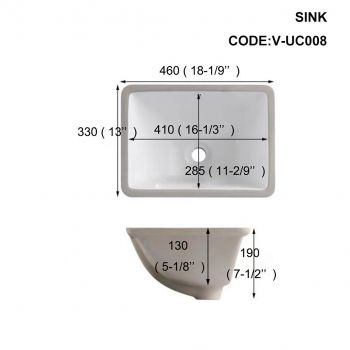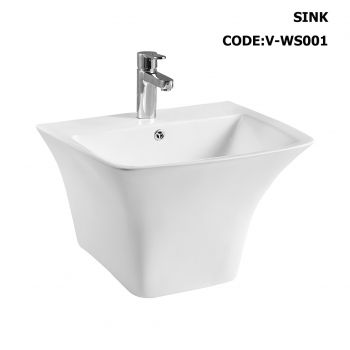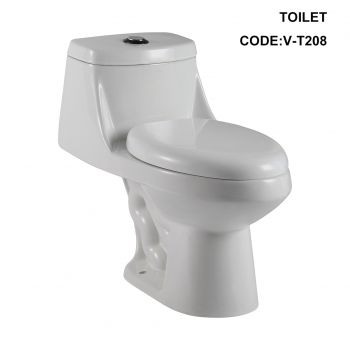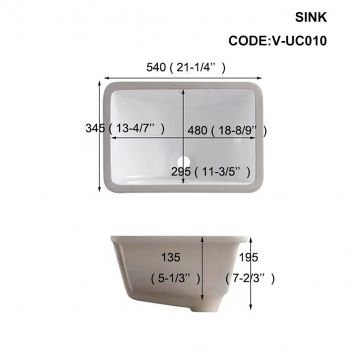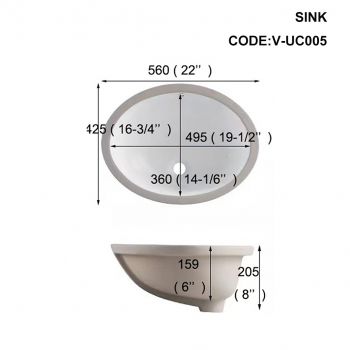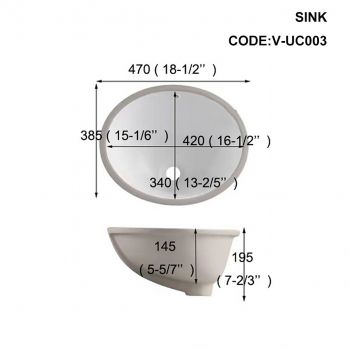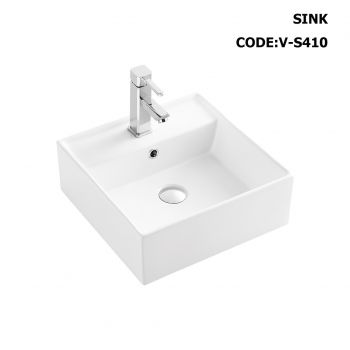The History of Ceramic Toilets
Ceramic toilets have been a staple in modern bathrooms for over a century. Their origins trace back to ancient civilizations that used primitive clay-based sanitation systems. However, it wasn’t until the late 19th and early 20th centuries that mass production of porcelain toilets began, revolutionizing hygiene and sanitation worldwide. Today, ceramic toilets remain the most popular choice due to their durability, water resistance, and aesthetic appeal.
Global Production Hubs and Their Advantages
The leading ceramic toilet production hubs are in China, India, and Europe. China, particularly in regions like Chaozhou and Foshan, dominates the industry with its advanced manufacturing techniques, skilled labor, and cost-effective production. India follows closely, benefiting from abundant raw materials and a growing domestic market. European manufacturers, especially in Italy and Germany, are known for high-end, innovative designs with premium quality.
Each region has its strengths and weaknesses. China’s factories offer affordability and efficiency but face environmental challenges. India’s industry is expanding but still lacks the automation seen in other markets. European manufacturers lead in innovation but struggle with high production costs.
Future Trends in Ceramic Toilets
The future of ceramic toilets lies in smart and eco-friendly designs. Water-saving technology, self-cleaning surfaces, and touchless flushing systems are becoming standard. Additionally, sustainable manufacturing processes, such as using recycled materials and reducing carbon emissions, are shaping the next generation of ceramic toilets. As consumer demand for hygiene, convenience, and sustainability grows, the industry is set to evolve rapidly in the coming years.



